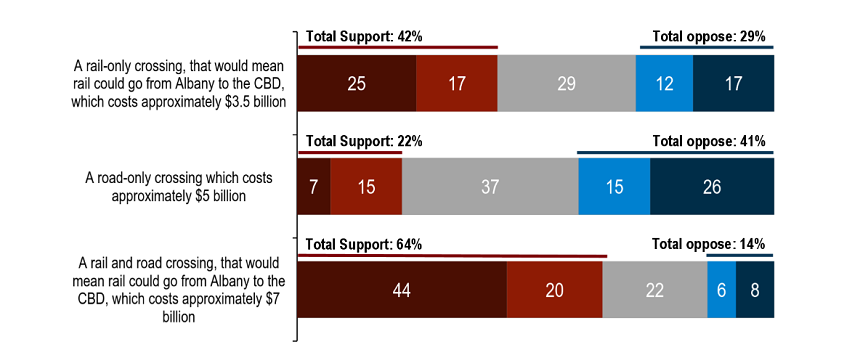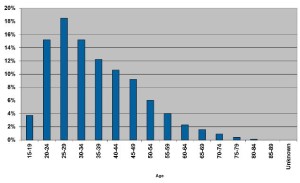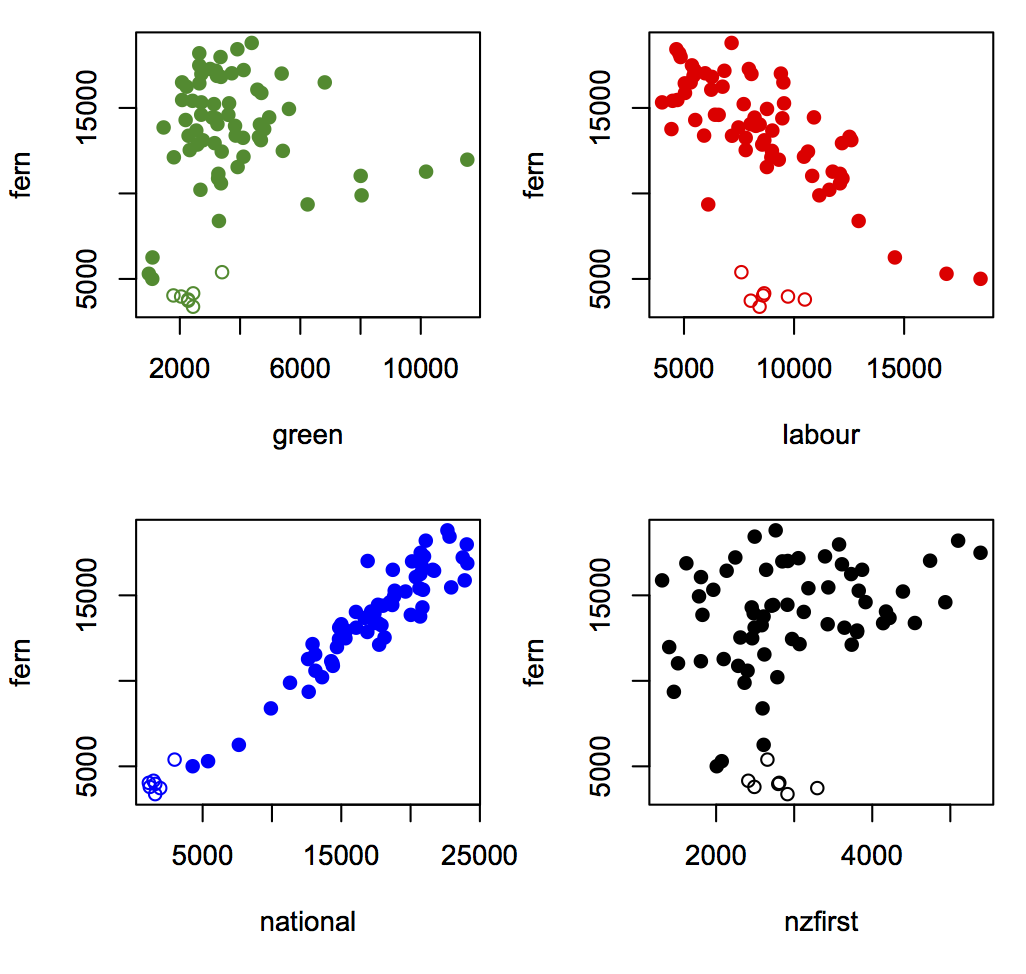Official statistics
There has been some controversy about changes to how unemployment is computed in the Household Labour Force Survey. As StatsNZ had explained, the changes would be back-dated to March 2007, to allow for comparisons. However, from Stuff earlier this week:
In a media release Robertson, Labour’s finance spokesman, said National was “actively massaging official unemployment statistics” by changing the measure for joblessness to exclude those using websites, such as Seek or TradeMe.
Robertson was referring to the Household Labour Force Survey, due to be released on Wednesday, which he says would “almost certainly show a decrease in unemployment” as a result of the Government “manipulating official data to suit its own needs”.
Mr Robertson has since withdrawn this claim, and is now saying
“I accept the Chief Statistician’s assurances on the reason for the change in criteria but New Zealanders need to be aware that National Ministers have a track record of misusing and misrepresenting statistics.”
That’s a reasonable position — and some of the examples have appeared on StatsChat — but I don’t think the stories in the media have made it clear how serious the original accusation was (even if perhaps unintentionally).
Official statistics such as the unemployment estimates are politically sensitive, and it’s obvious why governments would want to change them. Argentina, famously, did this to their inflation estimates. As a result, no-one believed Argentinian economic data, which gets expensive when you’re trying to borrow money. For that reason, sensible countries structure their official statistics agencies to minimise political influence, and maximise independence. New Zealand does have a first-world official statistics system — unlike many countries with similar economic resources — and it’s a valuable asset that can’t be taken for granted.
The system is set up so the Government shouldn’t have the ability to “actively massage” official unemployment statistics for minor political gain. If they did, well, ok, it was hyperbole when I said on Twitter ‘we’d need to go through StatsNZ with fire and the sword’, but the Government Statistician wouldn’t be the only one who’d need replacing.




